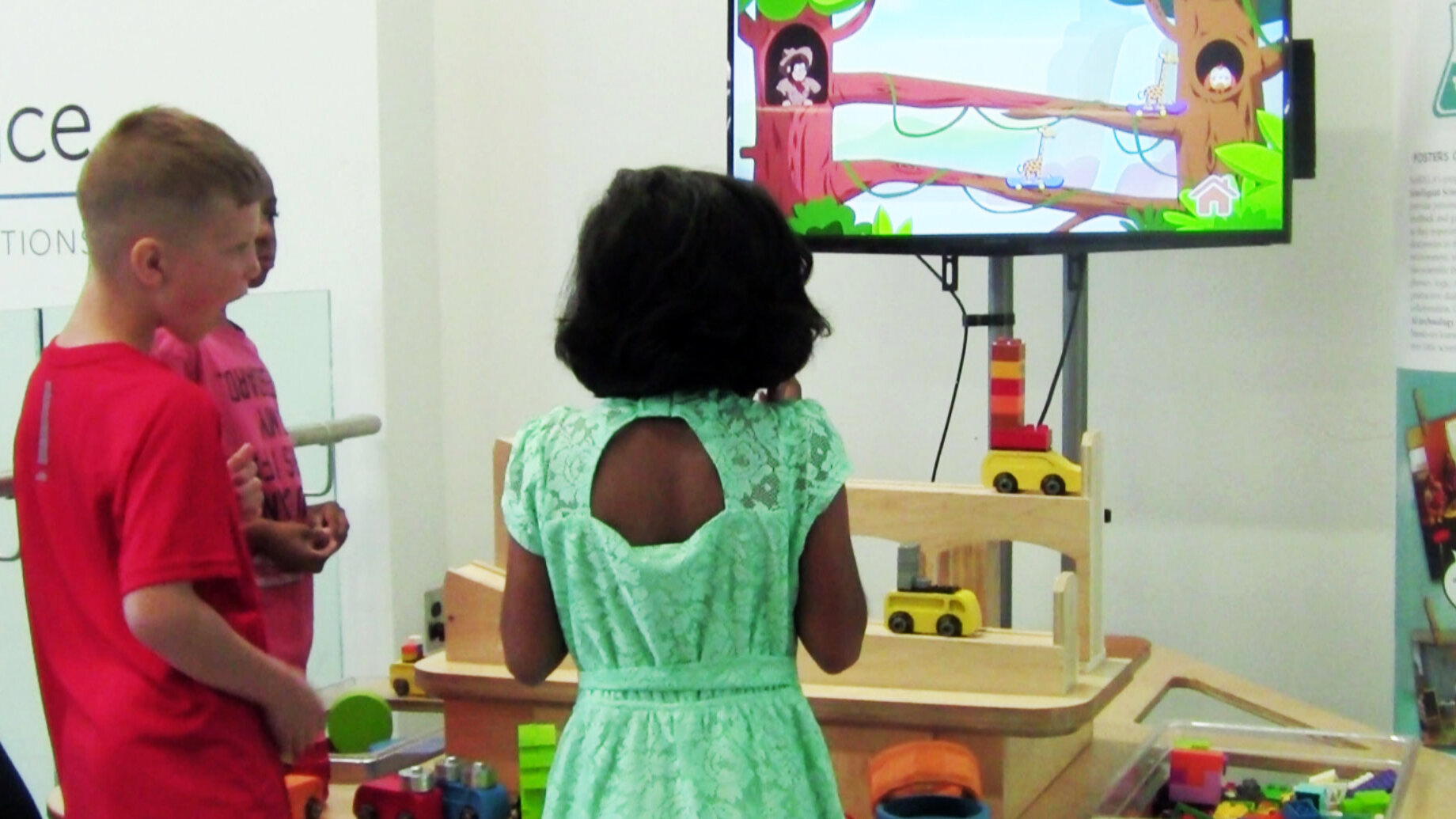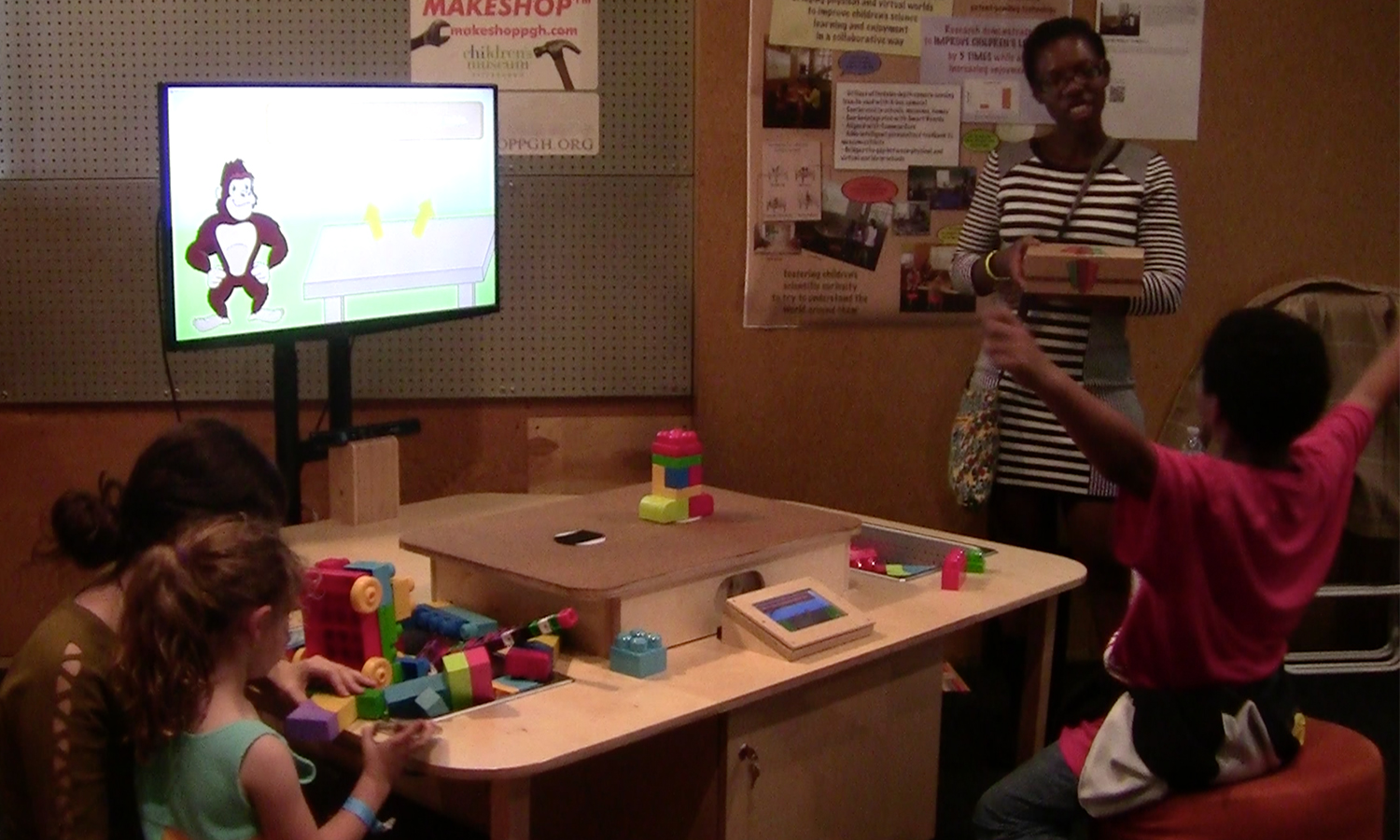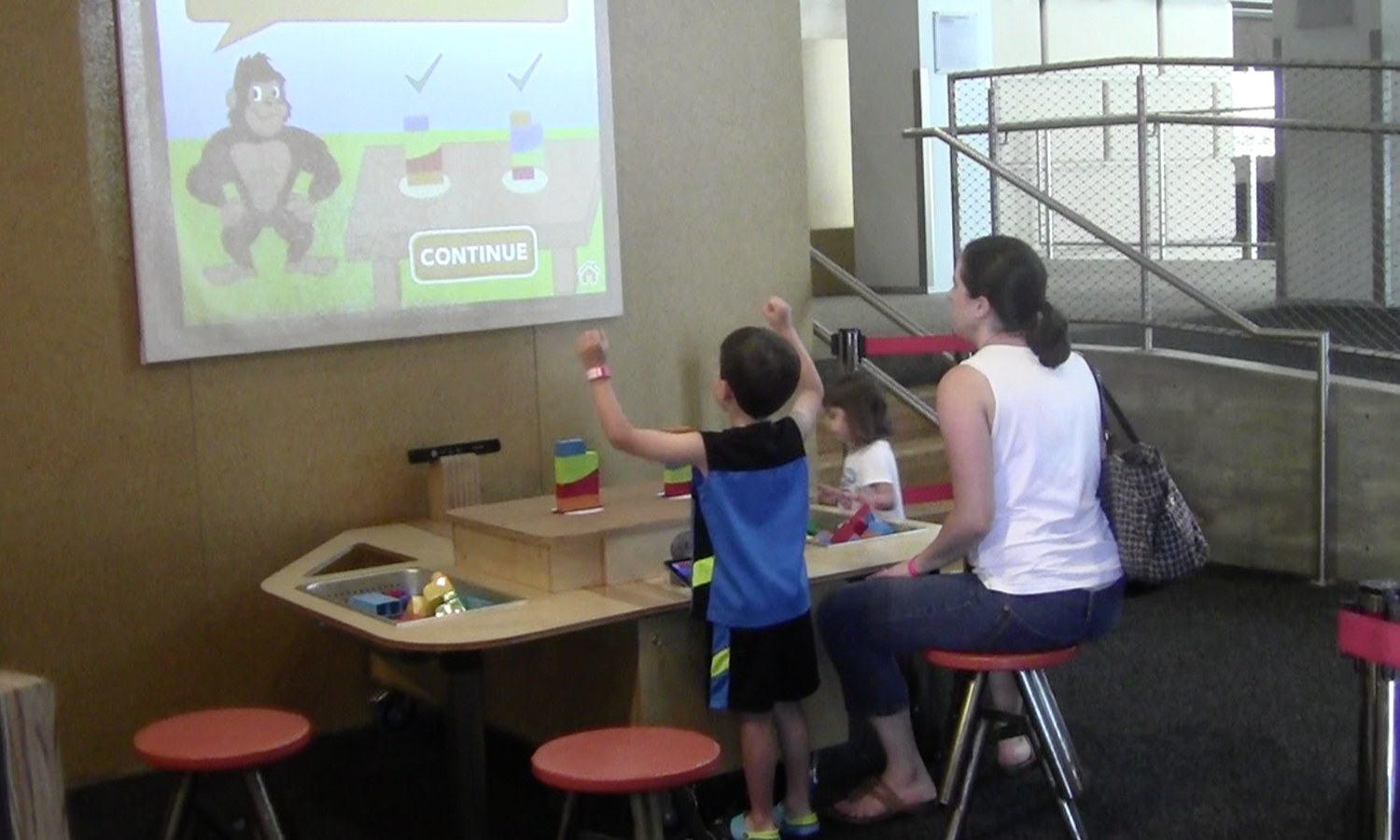How It Works
NoRILLA bridges the advantages of physical and virtual worlds to improve children's STEM and inquiry learning in a more enjoyable and collaborative way. Our patented technology and learning method, provides personalized interactive feedback to children as they experiment and make discoveries in their everyday environment. They get to make predictions, observe and explain the results just like a little scientist, all with interactive guidance and intelligent feedback based on proven learning mechanisms delivered through a friendly gorilla character.
Our specialized AI algorithm tracks what the kids are doing as children experiment in the physical 3D world, asks them questions interactively and helps them understand the underlying reasons as they observe physical phenomena, fostering curiosity and critical thinking skills. It fosters collaboration and productive dialogue, encouraging them to discuss, collaborate and learn together with friends and family. We have an extensive STEAM curriculum and lesson plans spanning a wide variety of topics aligned with Next Generation Science Standards and Common Core.




































